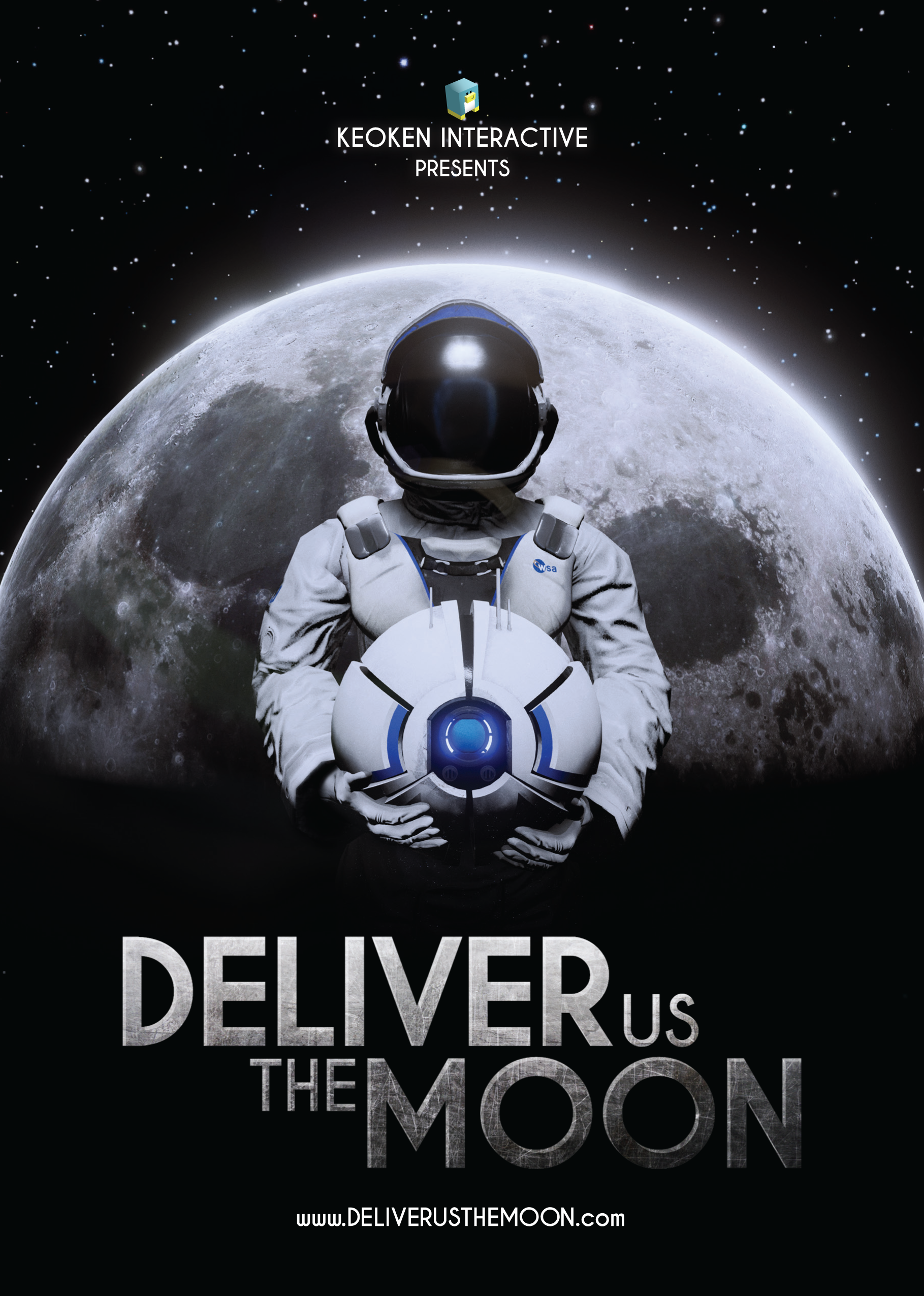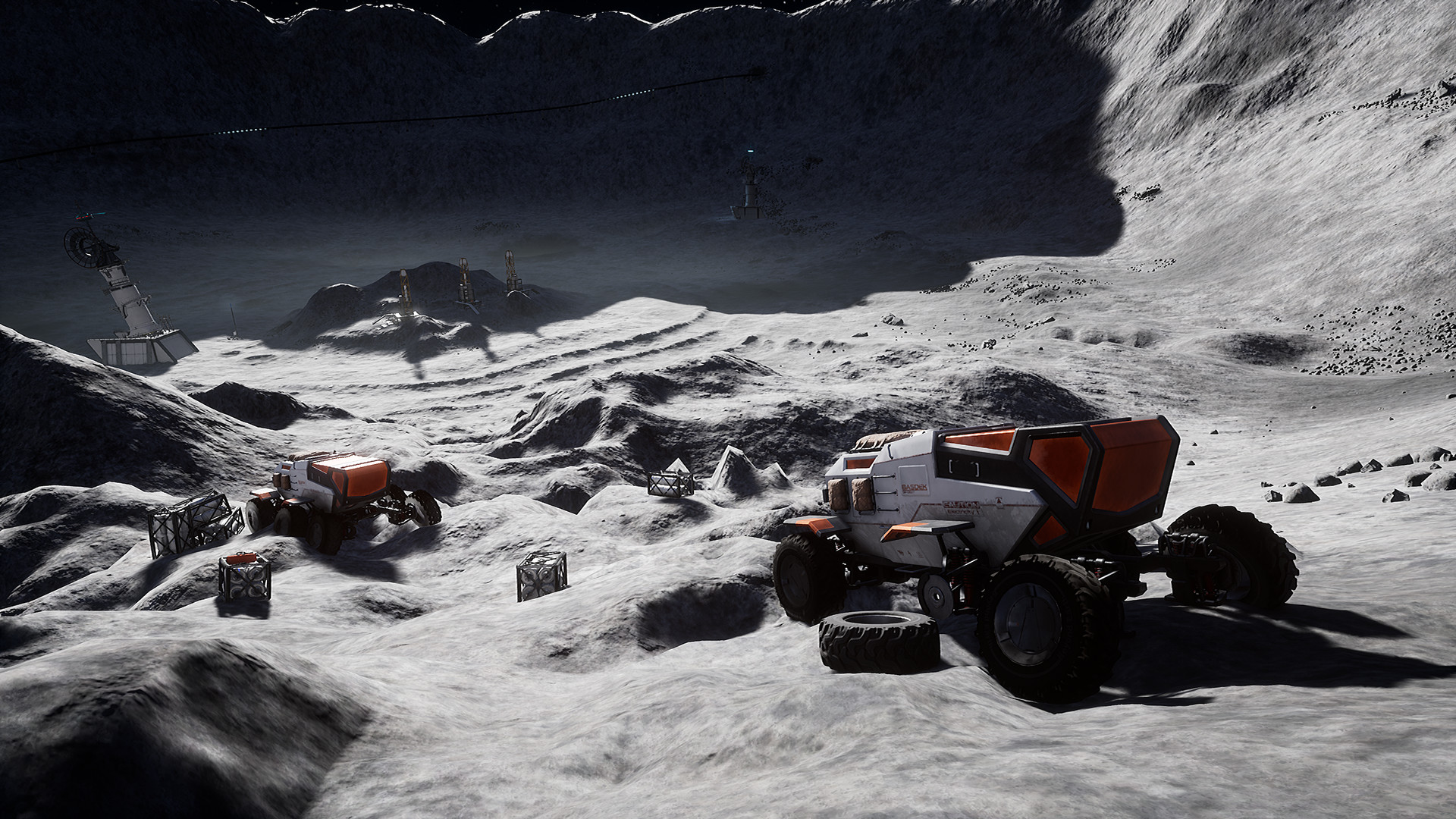

Known as “in the bucket” on the Shuttle – due to the shape that would be drawn on a graph showing the change of thrust level profile – no decision has been documented on what requirements will be placed on SLS’ engines for this stage of flight at this time. With SLS heading downrange as it pitches during first stage flight, the RS-25Ds will have the capability of throttling down as the vehicle enters the area of maximum dynamic pressure, or MaxQ. The ICPS will also have its own downlink ability, although documentation cites Orion will be the “go to” element of the stack for providing the downlink of data via the ascent. Information on the health of the vehicle as it lifts off will be provided by the brains of the operation, the Orion spacecraft, which will be collating the information provided by the integrated elements of the vehicle, from the RS-25Ds upwards.

“The SLS Engineering Support Function will provide a consolidated team supporting operations from start of countdown through disposal of the Interim Cyrogenic Propulsion Stage (ICPS) per the Lunar DRM (Design Reference Mission) objectives.” “The SLS Engineering Support Center (SESC) located at the Huntsville Operations Support Center (HOSC) will support the Launch Operations conducted at Launch Control Center (LCC) and flight operations conducted at the Mission Control Center (MCC). “The SPIO will support both launch operations and flight operations, for ISPE events, from a consolidated operations center. The document also notes that the handover between KSC and JSC will have overlapping support on both sides of T-0 “The SLS Launch Operations Support Team (KSC) will transition control of the launch vehicle to the SLS Flight Operations Support Team (JSC) after liftoff and supports the mission through ascent and disposal,” noted the Spacecraft and Payload Integration Office (SPIO) Integrated Spacecraft & Payload Element (ISPE) Concept of Operations (Con Ops) Document, acquired by L2. As with Shuttle, the control of the mission will pass over from the Launch Control Center (LCC) at Kennedy to the Flight Control Room (FCR) in Houston. With the boosters firing into life, SLS will rise off the Mobile Launcher at Pad 39B – a structure that will have its own sequence of umbilical connection retractions.
Deliver us the moon launch sequence switches full#
Some finite details and timings are still being worked out, per the pre-launch sequence that is likely to mirror large amounts of the business end of a Shuttle countdown, not least the powering up of the RS-25Ds seconds prior to T-0.Īlthough there won’t be the “twang” – caused by the Shuttle’s configuration as the stack rocked back and forth on the pad during SSME ignition and power up – the RS-25Ds will need to reach full thrust and confirm their health prior to the launch commit stage of the Hold Down Posts (HDPs) releasing and SRB ignition.


With two larger five segment Solid Rocket Boosters (SRBs) and four Pratt & Whitney Rocketdyne RS-25D (Space Shuttle Main Engines) powering SLS off the pad, the uncrewed EM-1 launch will be accompanied by the intense light show and impressive rumble the Shuttle used to provide, as it rises into the Florida sky. This will be noticeable to the hundreds of thousands of spectators that are likely to be in attendance, many of whom were last at the Kennedy Space Center (KSC) to witness a Shuttle making her majestic rise into the heavens. The Block 1 70mT capable vehicle will actually be the smallest version of the Heavy Lift Launch Vehicle (HLV), but still far more powerful than a Space Shuttle. The huge Space Launch System is scheduled to make its debut flight at the end of 2017, lofting Orion into orbit ahead of its journey to the Moon on Exploration Mission -1 (EM-1). The NASA teams working on the Space Launch System (SLS) and Orion spacecraft are continuing to build a huge collection of documentation that will provide the tools to launch and flight controllers tasked with sending the US monster rocket and its Orion passenger into space.


 0 kommentar(er)
0 kommentar(er)
